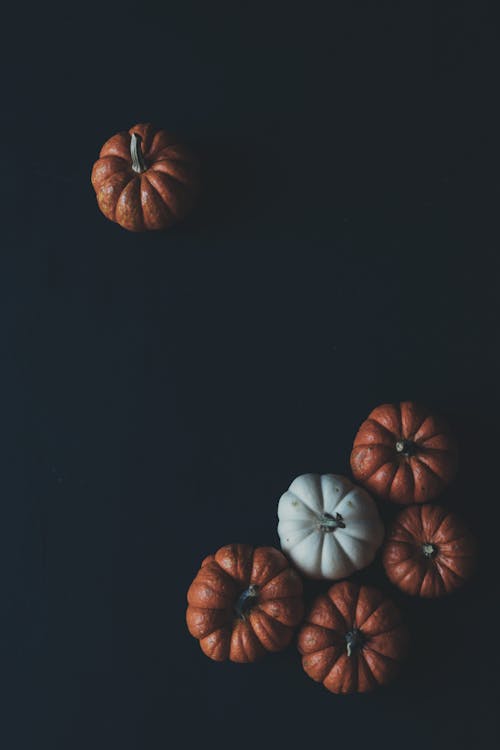
This major sabbat denotes the high point of the year; the crops
are in their fullness, weather is warm and the countryside is
bursting forth with the beauty of life. Pagans know we have the
heavens above to thank for this and the gods of nature must be
acknowledged for their generosity with a gathering of the tribe and
a feast, ideally in the great outdoors. Ask invitees to bring harvest-themed offerings for the altar: gourds, pumpkins, bundles of wheat stalks and corn, or fresh pickings from their garden, and food to
share in thanksgiving made from the same, like pies, tomato salads,
cucumber pickles, green beans, corn pudding, watermelon, lemon
cakes, berry cucumber, apple cider and beer brewed from wheat,
hops and barley. This celebration of the reaping from summer
season should reflect what you have grown with your own hands.
Fill your cauldron or a big beautiful colored glass bowl half-full
with freshly-drawn water. Get packets of tiny votive candles for
floating in the water. At the feast table, make sure to have a place setting for the godly guest Lugh who watched over the plantings
to ensure this bounty. Place loaves of Lammas bread by his plate.
When all guests have arrived, everyone should add a food offering
to the plate of the god and light a candle to float in the cauldron.
Cut a slice of Lammas bread for Lugh and begin the ceremony with
this prayer of thanks:
Oh, ancient Lugh of the fields and farms,
We invite you here with open arms,
In this place between worlds, in flowering fields of hay.
You have brought the blessings we receive this Lammas Day.
Begin the feast and before the dessert course, everyone should go
around the table and speak to their gratitude for the gifts of the year.
Storytelling, singing, spiral dances and all manner of merriment is
part of Lammas Day.

No comments:
Post a Comment